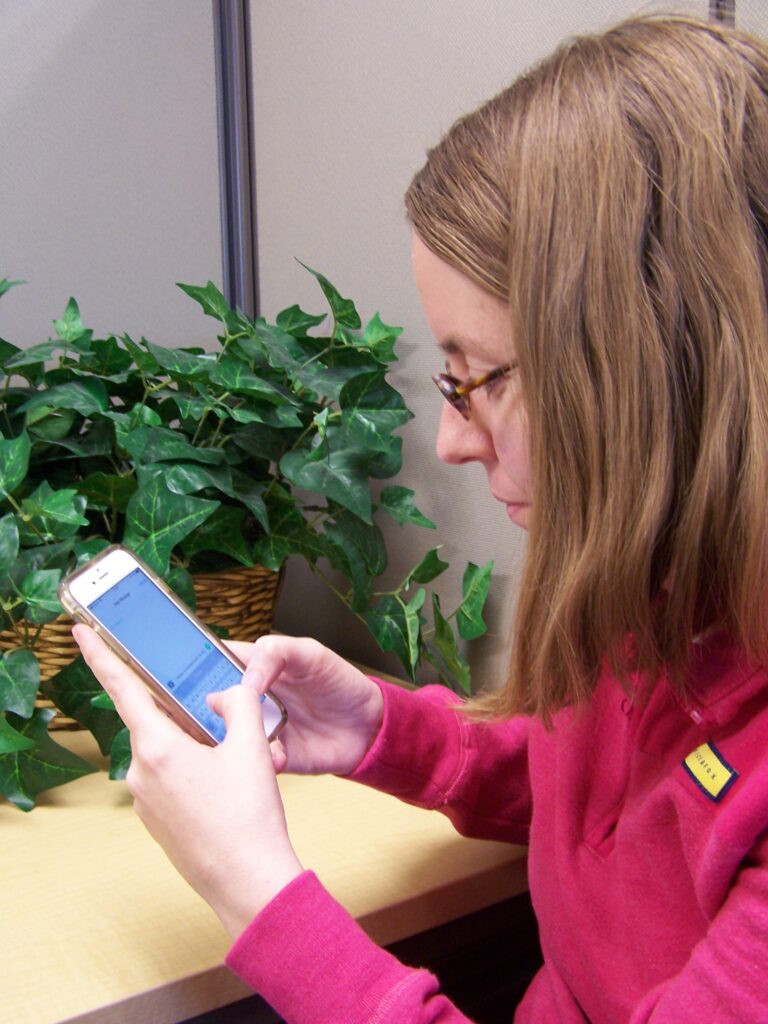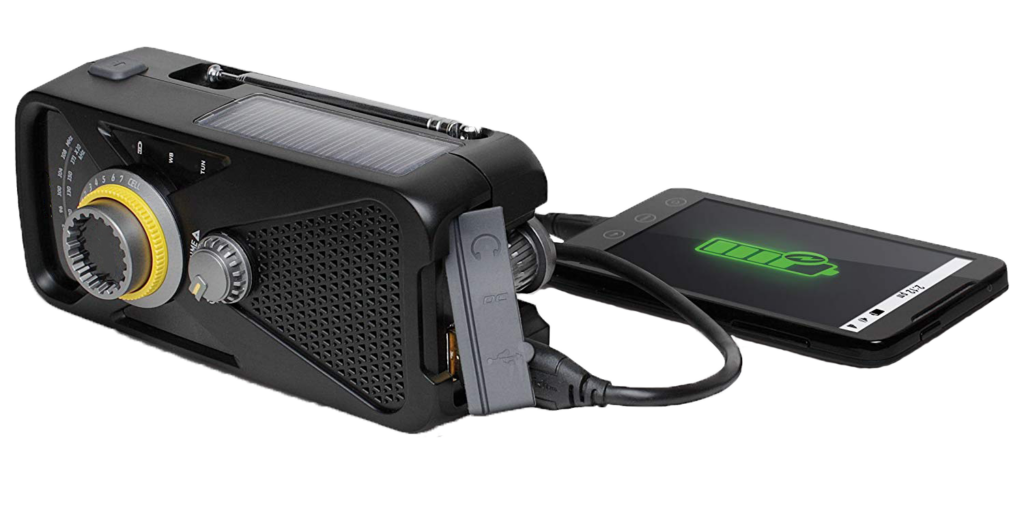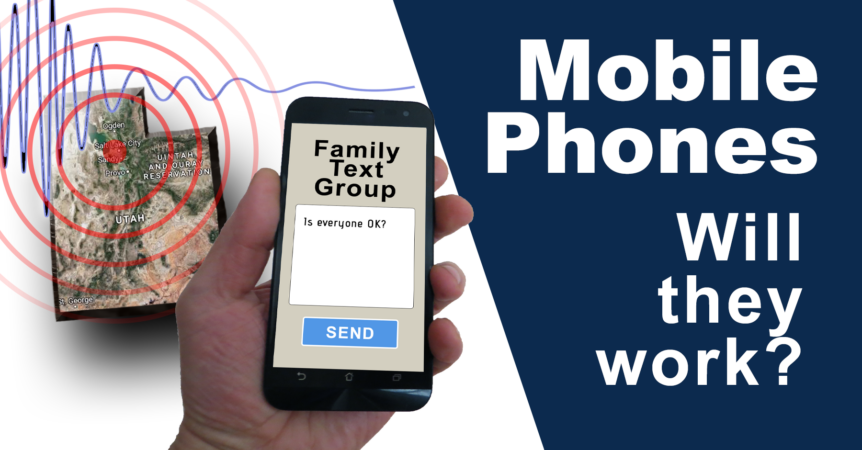In April, we focus on the Great Utah ShakeOut and emergency communication. As we’re preparing for the biggest earthquake drill in the state, you might ask, “Will mobile phones work in an earthquake or other disaster?”
The answer is … maybe.
If your phone doesn’t lose power, if the cell towers are still functioning, and if the networks are not overloaded, then maybe you can use your mobile phone.
Sometimes I feel like my smartphone has made me stupid. I’ve stopped memorizing other people’s numbers. It’s important to have copies of emergency contact numbers in your wallet, purse, vehicles, and at work, for the possibility of your phone not working.
For better or for worse, we’ve come to depend on our mobile phones and the vast amount of information they provide us. It’s probably your most-used form of communication, so you may as well include it in your communication plans, as long as you understand its limitations.
Mobile Phone Alerts
Our mobile phones are a great resource for warnings and other information. One example was demonstrated by the recent Amber Alert test that happened on April 3rd. You can receive these emergency alerts directly to your phone through the Wireless Emergency Alert (WEA) system. Any mobile phones that are within range of selected cell towers will receive the alerts. You don’t need to sign up.
Another way to receive emergency alerts is to register your phone number with your county emergency alert system. If you have registered and are on the list, when an alert goes out, your phone will receive the alert. You don’t have to be in the area to receive the alert. Check out your county’s emergency management webpage or contact your local emergency manager to learn how to register.
Social media is a third option for receiving important information during the course of an emergency incident. Follow your local fire/rescue, law enforcement, and emergency management accounts for preparedness advice and protective actions during an incident.
Follow #hashtags for specific information on specific incidents, but know your sources — there is a lot of misinformation, wrong information, and potentially harmful information on social media and the internet.

One thing you can do to help minimize mobile communication issues during an emergency is to only use your mobile when you need to, and even then, to text instead of call. A text is just one small burst of information that only needs to be connected for an instant. A call takes much more bandwidth and must maintain the connection throughout the call.
Sometimes it is important to contact everyone quickly, even if the emergency is just affecting your family. Have text groups, email groups, or a group chat app with family and other important people already organized in your phone. This way, you only have to type a message once. Test it regularly and update it as family members’ contact information changes. Remember that text messages or emails can get through when a phone connection cannot.
When I was in college, before texting became popular, a potentially dangerous incident happened at a large school event. No one was injured, and it was quickly resolved by law enforcement officers. When I got home, the first thing I wanted to do was call my parents and tell them what happened. So did everyone else who was there that night. It took hours before I was able to get a call through. In a true emergency, the mobile and land phone lines could also be overloaded.
If it is an emergency situation and you have to communicate with someone, text. Don’t call.
Keep Phones Charged

One thing you can do to help your phone be operational is to keep it charged. Just like keeping your gas tank above half a tank, always keep your phone charged above 50 percent. Include compatible charging cables and power packs in emergency kits. Also include alternate power sources in your emergency supplies.
What about satellite phones? They are a good option, and if it is within your budget, include it as part of your emergency communication plan. Even though they are becoming more affordable, they are, for now, outside of most people’s price range.
Again, mobile phones are great, as long as you understand their limitations and that they may not function during an emergency. Include them as part of your communication and reunification emergency plans.
The Great Utah ShakeOut

Also, remember the Great Utah ShakeOut on April 17. After you practice Drop, Cover, and Hold On, use your phone to check in with those you care about and practice your phone communication plan. Last year we were just shy of 1 million participants in Utah. You can help us reach our goal to pass the 1 million mark this year by registering you, your family, and/or your organization to take part in the drill.
Go to this link to register. Then, on ShakeOut day, or any other time this year that is convenient, have an earthquake drill. Tell everyone taking part in the drill that there is an earthquake and have them Drop, Cover, and Hold On. Stay there for one minute, then come together and discuss your emergency plans. That’s all you need to do to participate in the drill. You can get more ideas for your earthquake drill on The Great Utah ShakeOut webpage.
Visit the following page from BeReadyUtah.gov for more information on communication and communication plans in an emergency.
Do This:
- Sign up for local emergency alerts
- Follow trusted local emergency accounts on social media
- Set up text groups for quick communication with family and friends
- Include phone charging cables and power packs in emergency kits
- Establish an out-of-state contact for family members to text and report status in the event of an emergency
Videos: Watch and share with someone you care about
- The Be Ready Buzz: Important Contact Information (1.5 min)
- PrepCast: Emergency Communication (5.0 min)
Printable brochures: Read and share with someone you care about
Subscribe to receive the Be Ready Utah newsletter.

